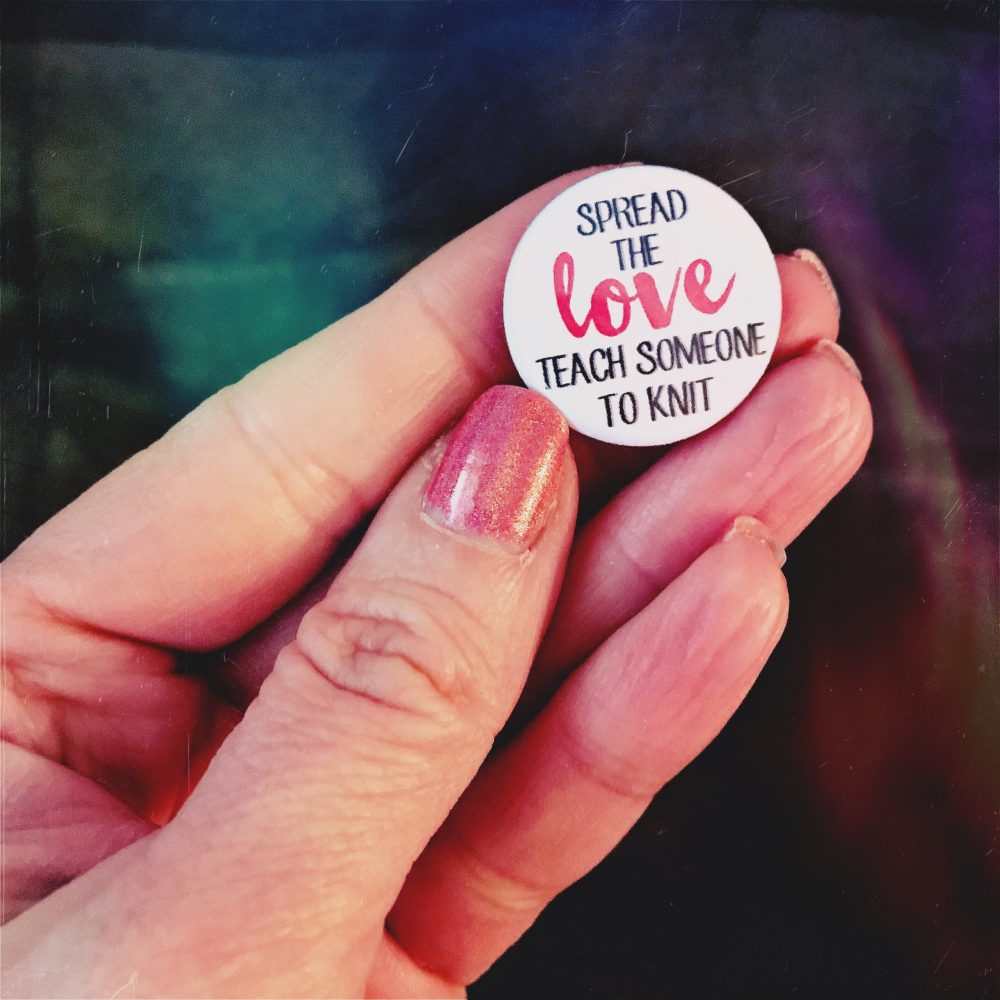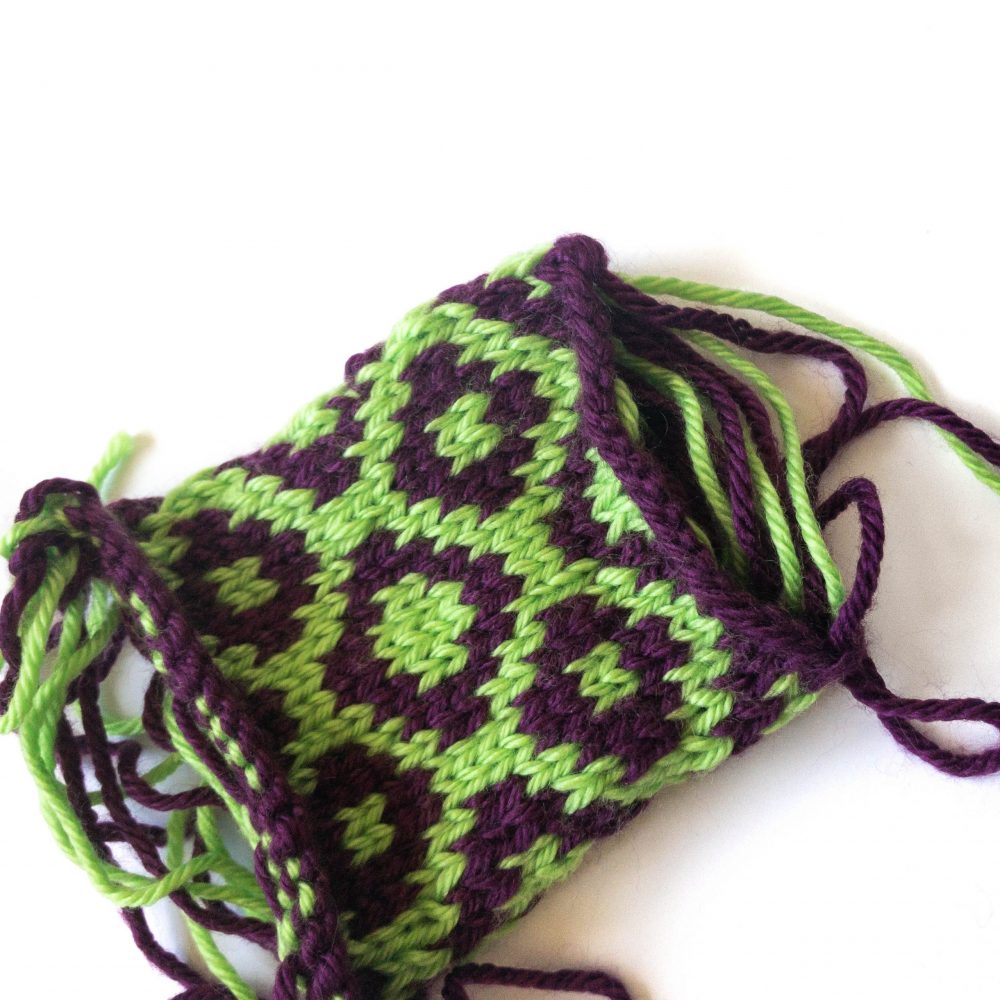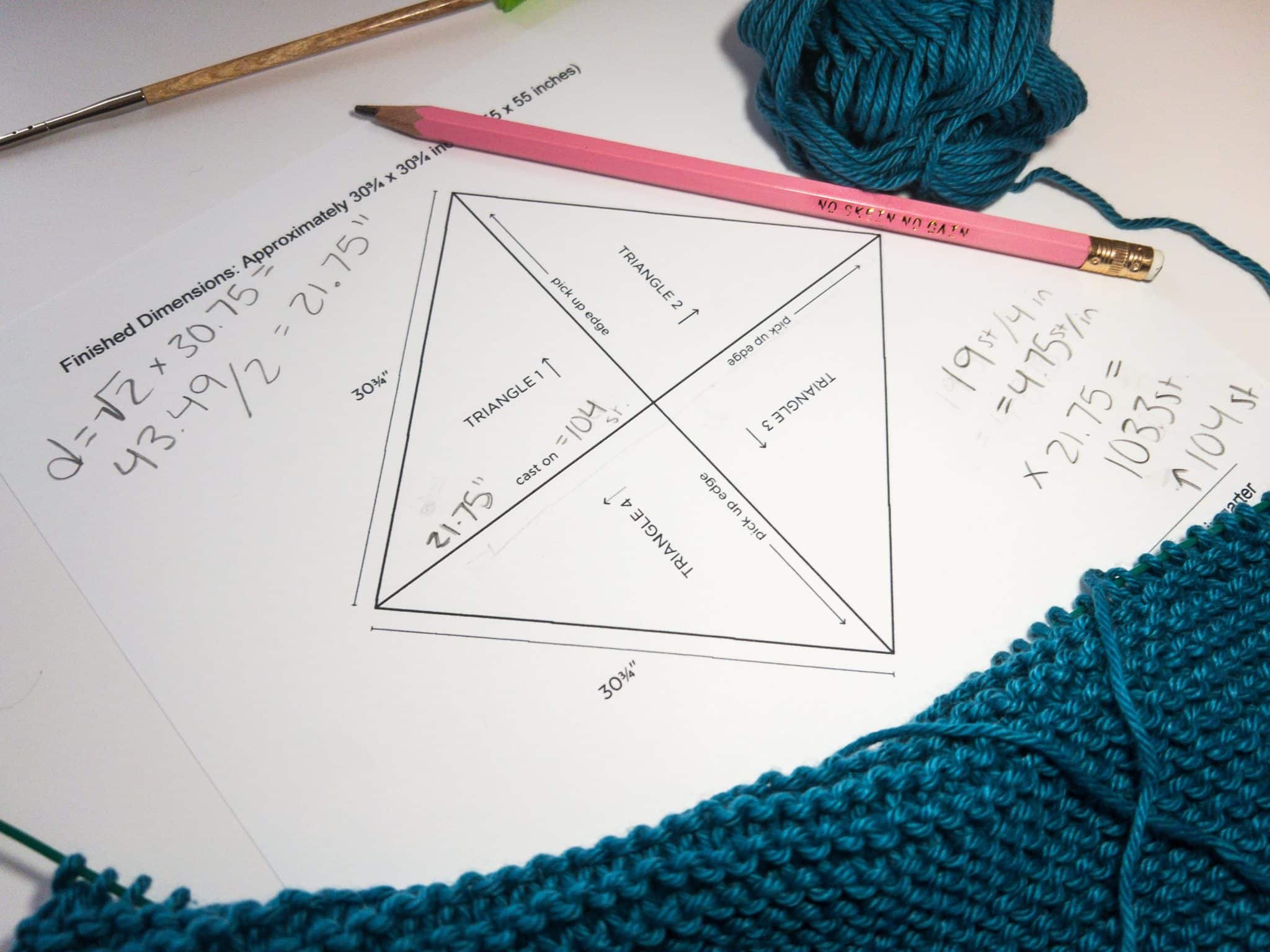Heads up! This post contains affiliate links which means I get may get a commission if you purchase something based on my recommendations here.
A common question I get from new knitters is advice on what type of knitting needles to buy: wood or metal. I strongly recommend that you build up a collection that includes both wood and metal knitting needles, but as you are just getting started, think about what kinds of projects you plan to work on the most: are you imagining knitting in the the round? How flowy do you want your fabric to be? Do you imagine knitting a lot of intricate cables or twisted stitches? Read on to see what works best for each scenario.

Wood Knitting Needles
The most valuable feature of wood needles is that they have a lot more grip than metal needles. This is why I almost exclusively choose wood any time I buy double pointed needles. I’ve had too many mishaps with those super smooth metal DPNs slipping right out of my knitting.
The value of a grippy needle material isn’t just there for DPNs. Any time I’m knitting a project with a loose gauge, I will try to work it on a wood needle. For example, right now I’m knitting a shawl out of fingering weight yarn on a size 9 circular needle. In this case, I made a bad choice to use nickel-plated needles when I should have gone with wood. The problem is that the needles are so smooth and my stitches are so loose that they are slip-sliding all over the place. I keep accidentally dropping them off the tip of the needles as I work.
The second saving grace of wood needles is that they are significantly lighter than most metal needles. This is helpful if you find you get “ladders” forming in the places where you are switching needles when knitting in the round. This isn’t as noticeable with tiny needles, but when you are getting into sizes like a US 2 (2.75 mm) or thicker, the weight of the needles pulling on the yarn can start to cause trouble. (If you must use metal: aluminum is a little lighter than nickel-plated or steel needles and that can mitigate this issue).
As a general rule of thumb, I’ll select wood needles anytime I’m working with double pointed needles or if anytime I’m working on a project with a loose gauge, like a lace shawl or a flowy scarf. I love Knit Picks Caspian Wood DPNs and my Sunstruck Interchangeable Circular Needle Set. I also have a ton of Clover’s Bamboo DPNs in my stash – they aren’t as pointy as the Knit Picks needles, but you can buy them almost anywhere, so it’s a convenient option.
Here are some examples of projects I have knitted with wood needles:
- Professor Meow Sweater: this sweater is knitted at such a loose gauge that choosing wood needles was a no-brainer! The metal needles would have been slip-sliding all over the place.
- Plain Stockinette Socks: I love to knit plain stockinette socks out of self-striping yarn and these are the perfect project for wood dpns. Laddering on these socks would be super obvious, so you’ll want to avoid it by using a light-weight wood needle.
Metal Knitting Needles
The downside of wood needles is that the tips are rarely going to be as pointy as the ones you can find on metal needles. This is where metal needles really start to shine.
I veer toward pointy metal needles when I’m working on tighter-gauge intricate lace, like socks, or if I’m working cables or twisted stitches. Metal needles are great if you are going to cable without a needle because you want a really pointy tip and, in this case, a slipper needle is desirable.
Note that all metal needles are not created equal – you’ll want to read reviews and shop for a pair known for being pointy. I’m currently obsessed with the pointy aluminum tips on my Knit Picks Prism interchangeable circular set, which comes in US needles sizes 4-11. When I need smaller diameter needles, like for socks, I’ll knit magic-loop style and use the fixed length nickel-plated needles by Knit Picks – you can’t beat the price on those at about $6 a pop! If you don’t like to shop online and you’re willing to splurge a bit, I dropped $20 at my LYS on some Addi Turbos and they are really nice.
I’ll use a metal needle if I need a pointy tip that makes it easier to manipulate stitches, but I avoid metal double pointed needles because they are too slippery.
Here are some examples of projects when I opted for metal needles
- Down the Hourglass Socks: The traveling twisted stitches on these socks begged for a slick and pointy needle.
- Olive American Girl Doll Cardigan: This cardigan is done entirely in twisted stitches and required picking up stitches for the bands – it is the perfect candidate for my nickel-plated circular needles!
In conclusion, ideally you’ll want a collection of both wood and metal needles for the most flexibility in your knitting. But, if you held me over a vat of lava and told me I had to pick one… I’d go with wooden needles. Although, I will throw out a warning that the smaller-diameter wood needles may break on you if you are working with tight tension. It doesn’t happen often, but when it does, it’s a little jarring! It’s usually the working needle that snaps and I’ve never lost stitches because of it. I think it’s totally an acceptable risk.
Hope this was helpful! What material do you prefer? If you want to do a deep dive into all your needle options, check out all my recommended knitting supplies.





Leave a Comment